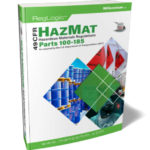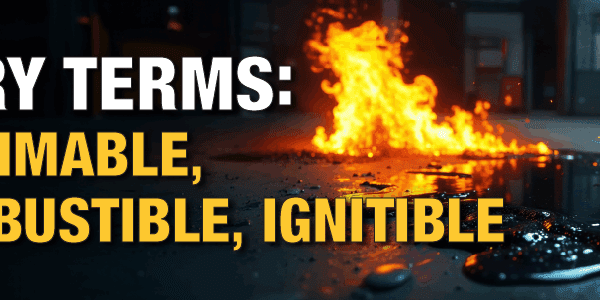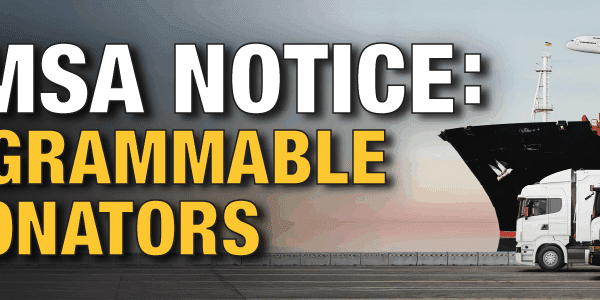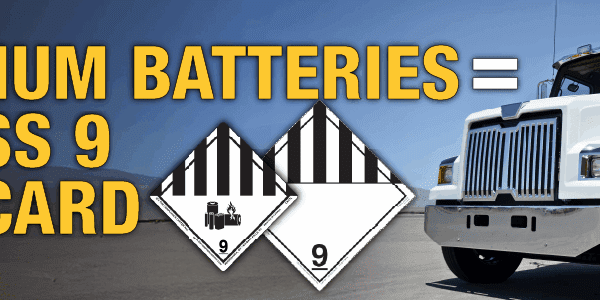 PHMSA Publishes More Changes to Rule on Liquefied Natural Gas
PHMSA Publishes More Changes to Rule on Liquefied Natural Gas
Liquefied natural gas (a fuel consisting of mostly methane with smaller amounts of gases such as ethane and propane) is considered the cleanest fossil fuel and is therefore in high demand worldwide. However, the ability for liquefied natural gas (LNG) to be transported by rail has been a bit of a political football over the past few years.
On July 24, 2020, PHMSA and the Federal Railroad Administration (FRA) issued a final rule, HM-264, that amended the “Hazardous Materials Regulations” (HMR) to allow for the bulk transport of LNG in rail tank cars. This included permitting transportation of LNG in a new type of tank car, the DOT– 113C120W9, and adopting additional operational controls.
However, this rule was quickly challenged by environmental groups such as the Sierra Club, claiming that the rule violated the National Environmental Policy Act. On January 17, 2025, the D.C. Circuit Court of Appeals agreed with this position and ruled that PHMSA had failed to prepare an environmental impact statement. Therefore, the 2020 rule was vacated and PHMSA has now issued an amendment that will roll back the regulation to its pre-2020 state.
The rollback measures in this new publication have been immediately adopted without prior public comment since the rule implements a court decision. Changes to restore the last version of the rule must be written to meet the court requirements. PHMSA emphasizes that the vacated rule had already been suspended since 2023, and no LNG had been transported under it.
How the New Rule Reflects the Court Decision
To conform with the court ruling, PHMSA has issued a new rule (still part of HM-264) that introduces “conforming amendments” to restore the HMR to its pre-2020 state. Changes to the HMR include:
- Removing all regulatory changes introduced by the 2020 rule.
- Deleting sections that did not exist before the 2020 rule (such as §§ 174.200(d), 179.400–26 and180.515(d)).
- Reverting text in various sections (such as §§ 172.101, 172.820, 173.319, 179.400–5 and 179.400–8) to pre-2020 versions.
- Withdrawing certain paperwork requirements and information collection burdens. For example, the rule from 2020 had required rail carriers transporting tank car quantities of UN1972 (Methane, refrigerated liquid (cryogenic liquid) or Natural gas, refrigerated liquid (cryogenic liquid, with high methane content)) to comply with additional safety and security planning requirements for transportation by rail. However, since the court ruling, these requirements were judged to be no longer necessary and have been removed.
Some parts of the 2020 stand remain untouched, however. These include:
- The transport of LNG by highway and vessel is still authorized.
- Use of UN T75 portable tanks by rail is still authorized.
- You can still apply for special permits for LNG transport in rail tank cars.
- DOT–113C120W9 tank cars may still be used for cryogenic materials that are not liquefied natural gas under the existing rules.
What Can We Expect in Future Regarding LNG?
The full story of LNG by rail has not yet reached its ending. PHMSA has issued an Advance Notice of Proposed Rulemaking (ANPRM) under the title “Hazardous Materials: Mandatory Regulatory Reviews to Unleash American Energy and Improve Government Efficiency”. The ANPRM seeks stakeholder input on regulatory barriers to domestic energy development and specifically invites feedback on potential industry demand for transporting LNG and other cryogenics by rail.
Conclusion
Obviously, this contentious rule has created much conflict among regulators and stakeholders, from companies looking for an inexpensive way to ship LNG, and public groups concerned about environmental and safety issues. A final answer to the question of “is it safe to transport LNG by rail” will probably take years to resolve.
Do you have questions on potential shipping by rail? Contact our team of experts at 855.734.5469 or send us an email, if you have questions regarding the regulations in general or need products to help you comply.
Stay up to date and sign up for our newsletter!
We have all the products, services and training you need to ensure your staff is properly trained and informed.
 49 CFR Publications 49 CFR Publications |
 UN Approved UN ApprovedPackaging and Boxes |
 Hazard Class Labels Hazard Class Labels |
References
Federal Register, July 24, 2020, “Hazardous Materials: Liquefied Natural Gas by Rail (HM-264)”, https://www.govinfo.gov/content/pkg/FR-2020-07-24/pdf/2020-13604.pdf
Federal Register, June 23, 2025, “Hazardous Materials: Liquefied Natural Gas by Rail (HM-264)”, https://www.govinfo.gov/content/pkg/FR-2025-06-23/pdf/2025-11436.pdf
Federal Register, June 4, 2025, “Hazardous Materials: Mandatory Regulatory Reviews To Unleash American Energy and Improve Government Efficiency, Advanced Notice of Proposed Rulemaking,” https://www.govinfo.gov/content/pkg/FR-2025-06-04/pdf/2025-10091.pdf
K&L Gates, “D.C. Circuit Vacates PHMSA’s LNG-by-Rail Rule,” https://www.klgates.com/DC-Circuit-Vacates-PHMSAs-LNG-by-Rail-Rule-2-4-2025
Popular Mechanics, “How Liquified Natural Gas Works”, https://www.popularmechanics.com/technology/infrastructure/a27947/how-liquified-natural-gas-works/
Association of American Railroads, “A Field Guide to Tank Cars, Fourth Edition,” https://www.aar.org/wp-content/uploads/2022/08/AAR-2022-Field-Tank-Car-Guide-FINAL-08.01.2022.pdf





